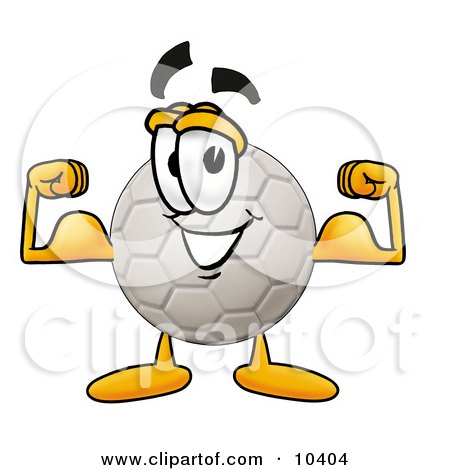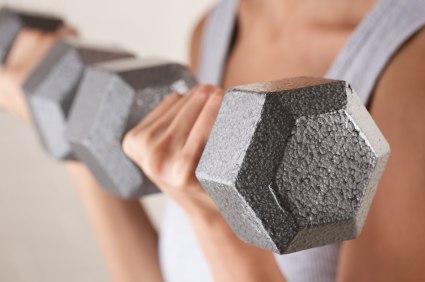MOVE: September 2012
Ask Our Staff - How Do I Maintain My Strength While “In-Season”?

Great question! There is nothing worse than training hard in the off-season, only to lose what you’ve gained while juggling a busy practice and competition schedule in the traditional “in-season”.
In Pro-Activity’s “Movementum 360” programs, we follow a very specific training program that ensures our athletes get to their peak just as they enter their competitive season, progressing their training from a core stability focus (controlled movement) to strength (throughout the entire range of motion) to power (heavy loads moved quickly). In doing so, our athletes tend to be some of the most well prepared individuals on their field of play.
However, some of the athletes we work with in the off-season come back to us post-season having experienced enough strength loss to make a difference. So what do we do about this? Like most things we do at Pro-Activity, we look for research and evidence to determine the very best methods of training, and subscribe to the findings indicated - in this case 1-2 total body strength training sessions per week, focused on multi-joint movements, with higher resistance (70-90% of 1 rep max) levels and low repetitions (6-10). Since this description can be a little confusing, we figured we'd provide a summary of the research and a sample in-season workout for you in hopes you (or your athletes) can benefit:
In studies conducted at Lilehammer University College:
- Two groups of professional soccer players who completed the same pre-season conditioning program, the group that participated in strength training one time per week maintained pre-season strength gains and improved speed, while the group only participating only one time every other week experienced decreased leg strength and sprint speed. http://www.ncbi.nlm.nih.gov/pubmed/21873897
- Well trained cyclists who supplemented their traditional endurance training schedule and participated in one heavy strength training session while in competitive season improved upon gains realized in thigh muscle size and power output, while those only participating in traditional endurance training did not. http://www.ncbi.nlm.nih.gov/pubmed/20799042
- In a study conducted with 21 teenage male baseball players (approx. age 12-15) at the University of Hawaii and published in the Journal of Strength & Conditioning Research, it was found that by incorporating 1-2 strength training sessions into the normal week of “in-season” training, and having athletes perform exercises for one set of 10 repetitions at 50% of 1 rep max (warm-up) and then two sets of 10 repetitions at 75% of 1 rep max, athletes were able to maintain near 100% of pre-season strength, while those that did not participate maintained (on average) only 84% of strength gained. http://performancetrainingsystems.net/Resources/Training%20Frequency%20on%20Strength%20Maintenance%20in%20Pubescent%20Baseball.pdf
HERE'S THE SAMPLE WORKOUT - ENJOY!
- 5-10 minutes
Dynamic Warm-up
- Jogging High Knees, Jogging Butt Kicks, Karaoke, Walking Toe Touch x 20 yards each
Exercises (Reps, Resistance Level) - Complete each circuit three times
- Barbell Squates (6 reps, 75-80% 1RM)
- Pull-Ups (6-10 reps)
- Dumbbell Lunge to Curl to Press (6 reps, 75-80% 1RM)
- Dumbbell Bench Press (6 reps, 75-80%)
General Stretching of Large Muscle Groups (Legs, Back, Chest, Shoulders, Bicep, Tricep)
Written by Eric Eisenhart, CPT, PES. Eric is a Partner and Director of Health & Fitness services with Pro-Activity.
Written by Eric Eisenhart, CPT, PES. Eric is a Partner and Director of Health & Fitness services with Pro-Activity.
Labels: MOVE






